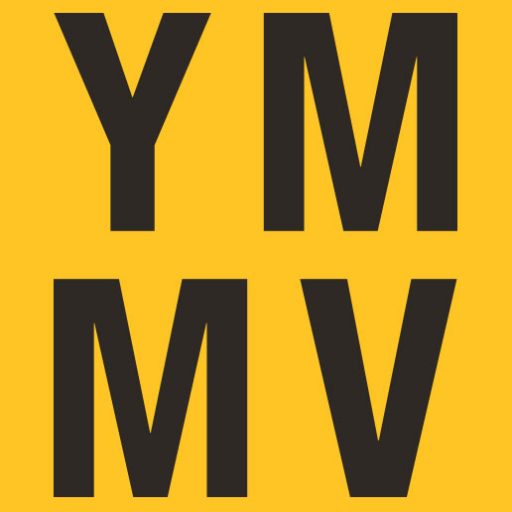Travelers have had to add a bunch of new terms into their vocabularies. Travel bubbles. Air bridges. Travel corridors. Green lanes. Green zones. And my favorite, corona corridors. They all belong to the same concept of how, or rather IF, a traveler will be able to go from Point A to Point B.
As the world starts to reopen after this first wave of COVID-19, you may read lots of about places reopening their doors to travel. But chances are good that they’re not allowing citizens from all places to go there; just specific ones.
So what’s a travel bubble?
Did you ever see the “Cone of Silence” on Get Smart? Two people are under bubbles, which are connected so they can talk to each other. The gag was that in you were in/under the Cone of Silence, you could hear each other but no one outside the Cone could hear the conversation.
Here’s a (copyright protected) picture of the original Cone of Silence from the 1960s version of Get Smart. This is a homemade example:
PC: Paul Downey/flickr
That’s sort of what a travel bubble is – the people from a certain number of countries can travel to the other country or countries that are under the same (imaginary) bubble, but people outside that bubble can’t enter.
An air bridge, travel corridor, green lane, green zone and corona corridor would be, in the photo above, the dryer vent between the two guys. In real life, planes are allowed to fly between the countries that have these reciprocal travel agreements that make these travel bubbles, but commercial planes from other places are not.
Why are they doing it?
Most responsible countries (read: not Tanzania), once their cases of the 2019 Novel Coronavirus are significantly down (or eliminated, like in this country), may be willing to open their doors to international travel. But they want to limit entry to citizens of countries with equally low percents of cases, to help ensure their country’s numbers remain low. A perfect example of this is the travel agreement between Australia and New Zealand. The governor of Hawaii is also considering having such “travel bubbles” with Japan and South Korea as it slowly reopens.
In a world where some places are having more success with lowering the number of cases with COVID-19 than others, travel bubbles are a good “first step.” It allows people to go beyond their immediate surroundings and to a place where the chances of catching corona cooties is as small as where they came from. Conversely, it allows countries to have less worry that their number of cases will rise. And it’s all usually with the elimination of quarantine.
#stayhealthy #staysafe #washyourhands
Like this post? Please share it! We have plenty more just like it and would love it if you decided to hang around and get emailed notifications of when we post. Or maybe you’d like to join our Facebook group – we have 13,000+ members and we talk and ask questions about travel (including Disney parks), creative ways to earn frequent flyer miles and hotel points, how to save money on or for your trips, get access to travel articles you may not see otherwise, etc. Whether you’ve read our posts before or this is the first time you’re stopping by, we’re really glad you’re here and hope you come back to visit again!
This post first appeared on Your Mileage May Vary
Join our mailing list to receive the latest news and updates from our team.

